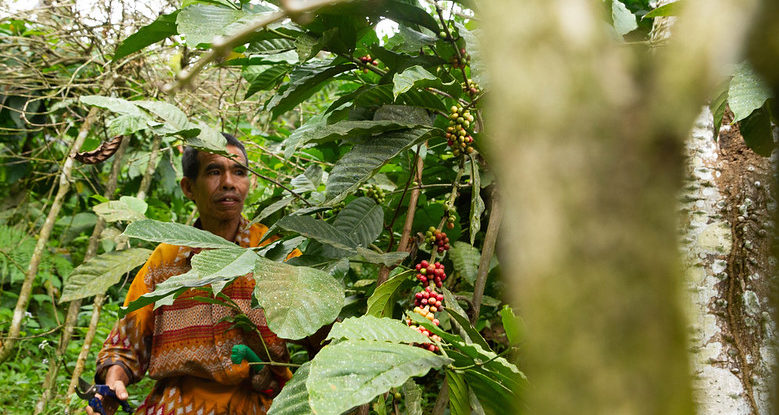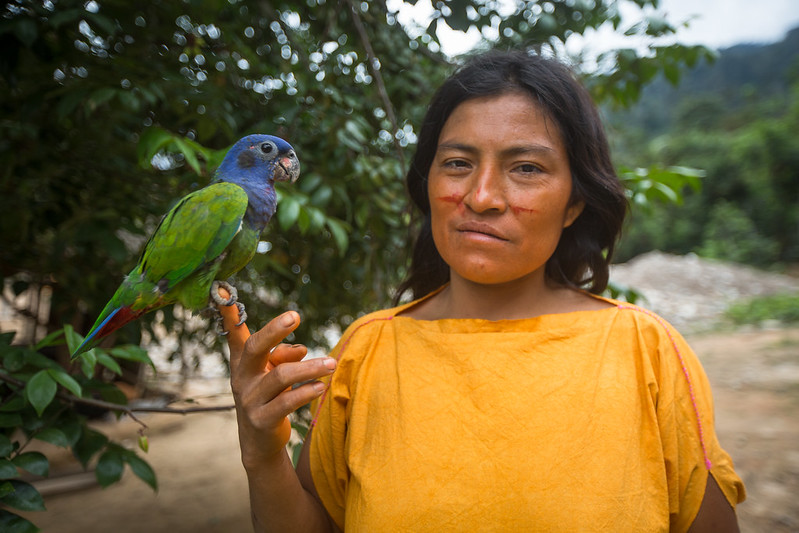Living beings and natural resources are currently under growing pressure. We are witnessing intertwined biodiversity, climate, and pollution crises, coupled with the ongoing pandemic and effects of conflicts. Certain groups are seeing the consequences of the increased demand for land and other natural resources from the front line even as they fight to secure these for their livelihoods, communities and future generations. Access to freshwater and other natural resources, or the land itself, can be denied without warning, especially where tenure and land use rights are not secure. Indigenous leaders and environmental protectors are threatened and even killed for defending their livelihoods and traditional ways of life; the need to safeguard biodiversity, livelihoods and human rights has never been as urgent.
Conservation practices and solutions that view any human interference as a threat to biodiversity are associated with undermining sustainable practices and management of Indigenous Peoples and Local Communities (IPLCs) as well as human rights abuses against them. This contradicts scientific evidence demonstrating that when IPLCs are empowered to govern areas of conservation value, they overwhelmingly do so very effectively.
Applying a human rights-based approach (HRBA) to biodiversity conservation is a path to finding a common ground and safeguarding biodiversity, whilst enabling sustainable use, secure livelihoods and cultural survival. The online event human rights-based approach to safeguard biodiversity and livelihoods, held within the Focali – SIANI Dialogue Forum in December 2021, focused on enabling knowledge exchange between policymakers, representatives from Indigenous and local communities groups, researchers and civil society representatives to sketch possible understanding of the approach and translations into policy and practice.
Risk of violation of human rights and nature with fortress conservation
David Boyd, Special Rapporteur on Human Rights and the Environment, highlights in a policy brief how the implementation of protected areas and the exclusion of IPLCs from access to land and resources also known as fortress conservation, has led to numerous human rights violations. A report by the Rights and Resources Initiative estimates that 136 million people have been displaced following the creation of protected areas.
Exclusionary conservation measures have been shown to hold limited gains for biodiversity, apart from being linked to human rights violations. The Special Rapporteur on Human Rights and the Environment argues that they, at best, “attain their conservation goals, but do so while inflicting unacceptable human rights violations” and, at worst, result in “the abuse and marginalisation of the rightful guardians of vast, interconnected ecosystems while facilitating environmental degradation and biodiversity loss.”
The Swedish International Development Agency (Sida) highlighted the importance of supporting local and traditional knowledge to biodiversity conservation through their funding and collaboration support throughout the globe with many examples. Swedish development cooperation assures to promote HRBAs in all its development work by 2023 and ensure that biodiversity conservation is a top priority from 2022 onwards.



